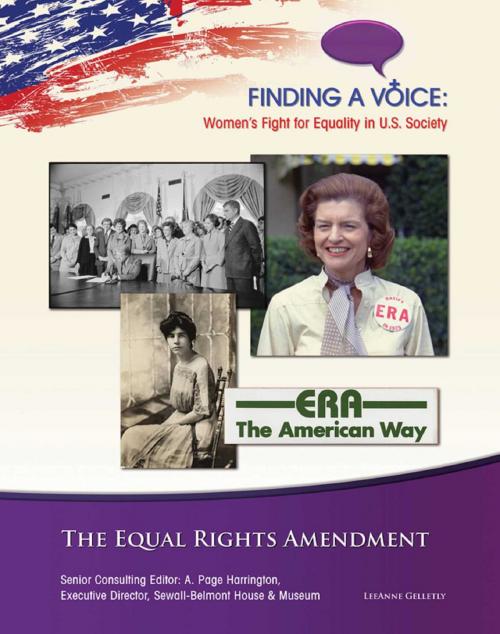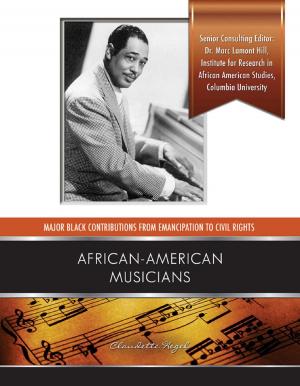| Author: | LeeAnne Gelletly | ISBN: | 9781422293447 |
| Publisher: | Mason Crest | Publication: | September 2, 2014 |
| Imprint: | Mason Crest | Language: | English |
| Author: | LeeAnne Gelletly |
| ISBN: | 9781422293447 |
| Publisher: | Mason Crest |
| Publication: | September 2, 2014 |
| Imprint: | Mason Crest |
| Language: | English |
It took decades, and a Constitutional amendment, for all American women to get the right to vote. But the legal right to vote did not guarantee equality under the law. Suffrage leader Alice Paul believed another amendment was needed. In 1923, she wrote the Equal Rights Amendment. It was introduced in Congress. And the national debate over the ERA began. The major principle of the Equal Rights Amendment is that gender should not determine any legal rights of citizens. Supporters believed the ERA would keep women from being denied equal rights under federal, state, or local law. The ERA had many opponents in the 1920s. And it had even more in the 1970s, after Congress passed the measure. Although it failed to pass by its 1982 ratification deadline, some people believe the ERA is still alive. They are continuing the effort to put equality for women in the U.S. Constitution.
It took decades, and a Constitutional amendment, for all American women to get the right to vote. But the legal right to vote did not guarantee equality under the law. Suffrage leader Alice Paul believed another amendment was needed. In 1923, she wrote the Equal Rights Amendment. It was introduced in Congress. And the national debate over the ERA began. The major principle of the Equal Rights Amendment is that gender should not determine any legal rights of citizens. Supporters believed the ERA would keep women from being denied equal rights under federal, state, or local law. The ERA had many opponents in the 1920s. And it had even more in the 1970s, after Congress passed the measure. Although it failed to pass by its 1982 ratification deadline, some people believe the ERA is still alive. They are continuing the effort to put equality for women in the U.S. Constitution.















